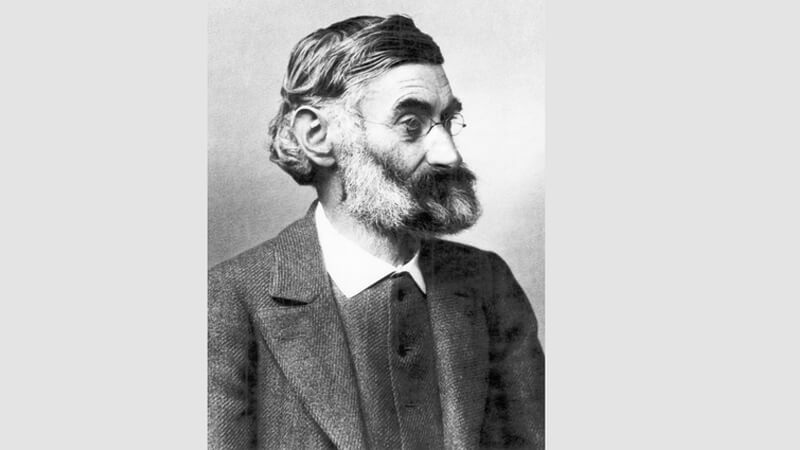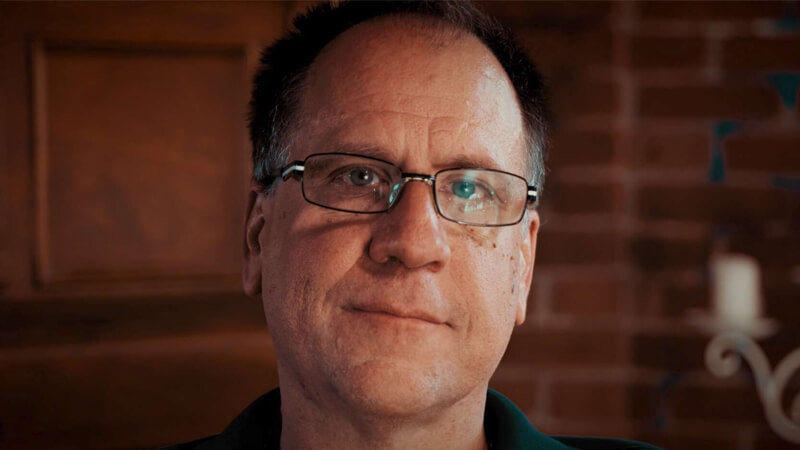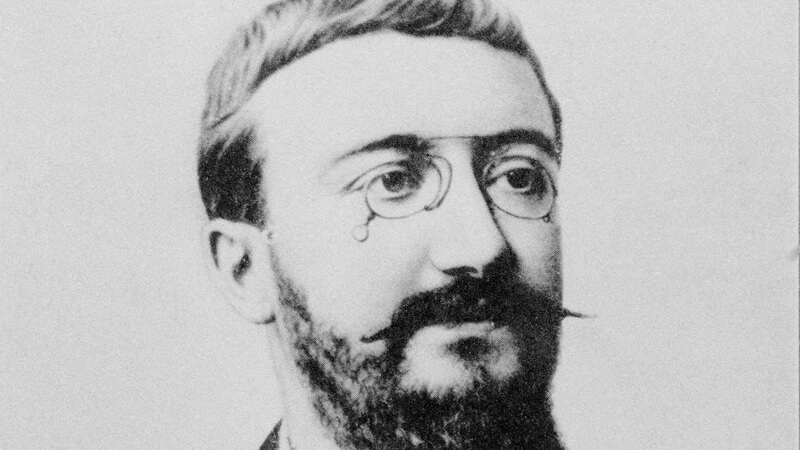Biography of Ernst Abbe: – German physicist to whom fundamental advances are made in the design of microscopes and in the theoretical lens.
He was professor of theoretical physics at the University of Jena between 1870 and 1891 and director of his astronomical and meteorological observatory from 1878.
Biography of Ernst Abbe
- Born:- 23 January 1840, Eisenach, Germany
- Died:- 14 January 1905, Jena, Germany
- Residence:- Germany
- Education:- University of Jena, University of Göttingen
- Parents:- Elisabeth Christina Barchfeldt, Georg Adam Abbe
- Known:- Abbe refractometer, Abbe number
Since 1866 he had collaborated with industrialist Karl Zeiss on improving his optical instruments. Two years later, Abbe invented the panchromatic lens system for composite microscopes that eliminated primary and secondary chromatic aberrations due to variations in the refractive index of the lens material, a defect producing a colored image at the edges.
See Also: Biography of Niels Henrik Abel
In 1872 he developed a system of lenses that made the light converge towards the observable specimen of the microscope, a system known as the Abbe condenser.
Such improvements, not surpassed until the invention of the electron microscope, allowed great advances in the microbiological investigations.
Also of special importance are the contributions of Ernst Abbe in the field of theoretical optics, such as the so-called relation of the breasts, which establishes the conditions that the lenses of a focused optical system must satisfy in order to generate clear images, free of spherical aberration.
His work Theoretical basis of the construction of microscopes (1873) also represents a necessary theoretical link in the process that would lead, in the late 1920s, to the construction of the first electron microscopes.




